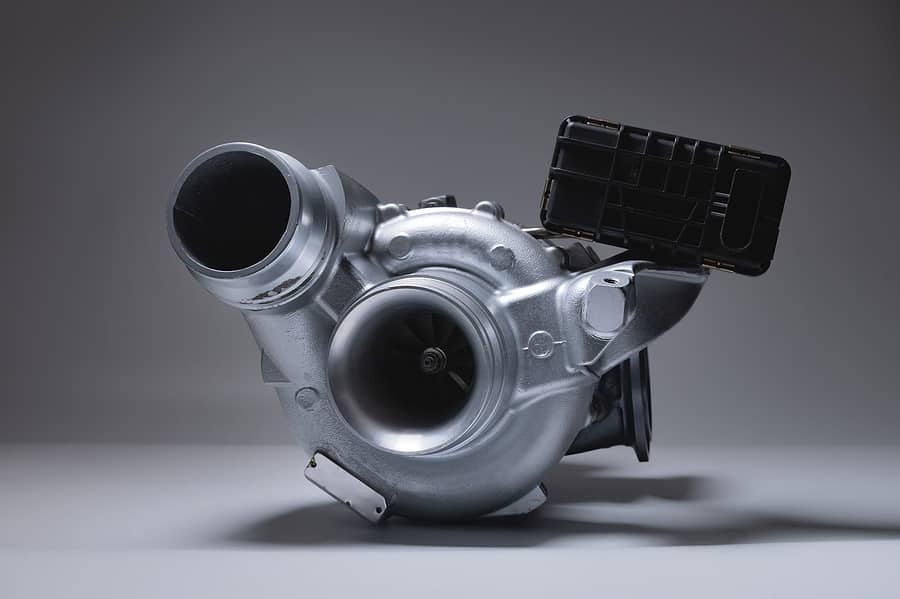
Turbochargers are by their very nature a high stress part in any engine. They are subjected to extremes of heat and motion, and need a constant stream of clean oil to keep their bearings rotating smoothly and efficiently. It’s no wonder that turbochargers often go wrong, requiring the part to be replaced, so what is the process for changing this car part?
Fix Problems
If you’re replacing your turbocharger because the part has failed, do you know what caused this breakdown? Is it simply fatigue from usage, or is there another problem with the car that has caused the turbocharger to fail? Make sure that you thoroughly investigate your engine to remedy any ongoing problems. In many cases people believe that oil around the turbocharger must be a sign of a faulty part – all too often this is in fact simply a poor or incorrect installation.
Oil Pipes and Engine Oil
Before you install the replacement turbocharger, the first job is to change the oil and associated filtration systems. Remove and replace the oil feed pipe from the turbocharger and ensure that the new pipe is free from kinks and blockages. Then replace the oil filter and replace the engine oil. It is important to have new, clean oil as impurities in older oil could play havoc with your new turbocharger’s bearings. Finally remove all the crankcase hoses and filters, and either clean or replace them in line with the recommendations in your owner’s manual.
Clear Out your Engine
Immobilise the engine and then turn the engine over until around about half a pint of oil is pumped out of the turbo oil feed pipe. This is a vital step that ensures all particulates are removed from your system, preventing your new turbocharger from becoming contaminated. You are now ready to start with the replacement work, but remember the turbocharger is a sensitive part so cleanliness is vital throughout the change procedure.
Remove the Old Turbocharger
The first step is to remove the bolts that connect the exhaust downpipe from the turbocharger and unscrew the air intake, which is typically help in place by a Phillips head screw. This now leaves you free to loosen the main bolts that hold the turbocharger and the exhaust manifold in place. Typically you will need to undo these with a ratchet. Finally take the turbocharger off the car.
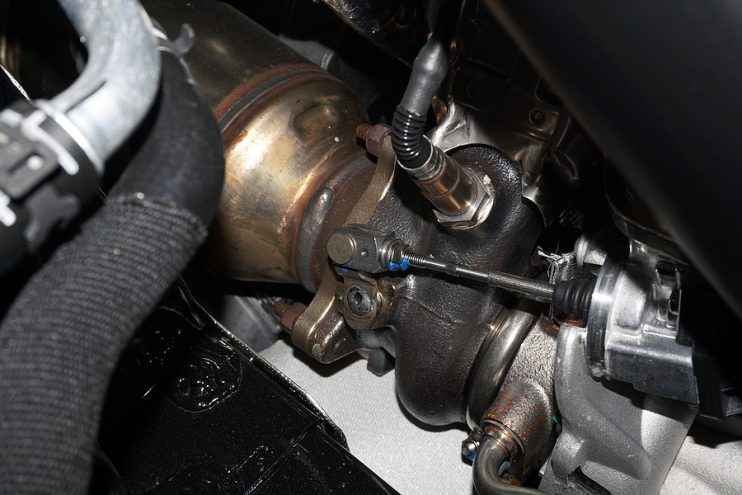
Install the New Turbocharger
As with all replacement parts check the new turbocharger against the old part. You are looking to make sure that all the fixings are in the same place to check you have the exact part required. It’s then a simple case of reversing the previous steps. First connect the main bolts to the exhaust manifold, before screwing the air intake into place, and finally reconnecting the exhaust downpipe.
Connection
The next step is to connect the oil pipe to the turbocharger. Before fitting this ensure that the blanking plug is removed if necessary, and turn over the engine until oil flows out of the turbocharger bearing housing. Refit the pipe and tighten all connections, taking care not to over-tighten.
Final Checks
When you have installed the new turbocharger, it is vital that you check there are no oil leaks from the part. Simply start the car and make sure there are no leaks from any part of the turbocharger, and no visible exhaust fumes coming from the exhaust manifold or downpipe. If you have a boost gauge you can use this to check that the boost pressure is within the manufacturer’s specified limits.

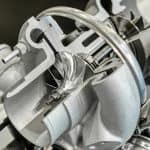
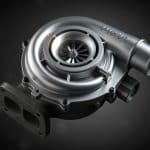
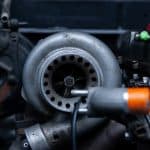
.png)